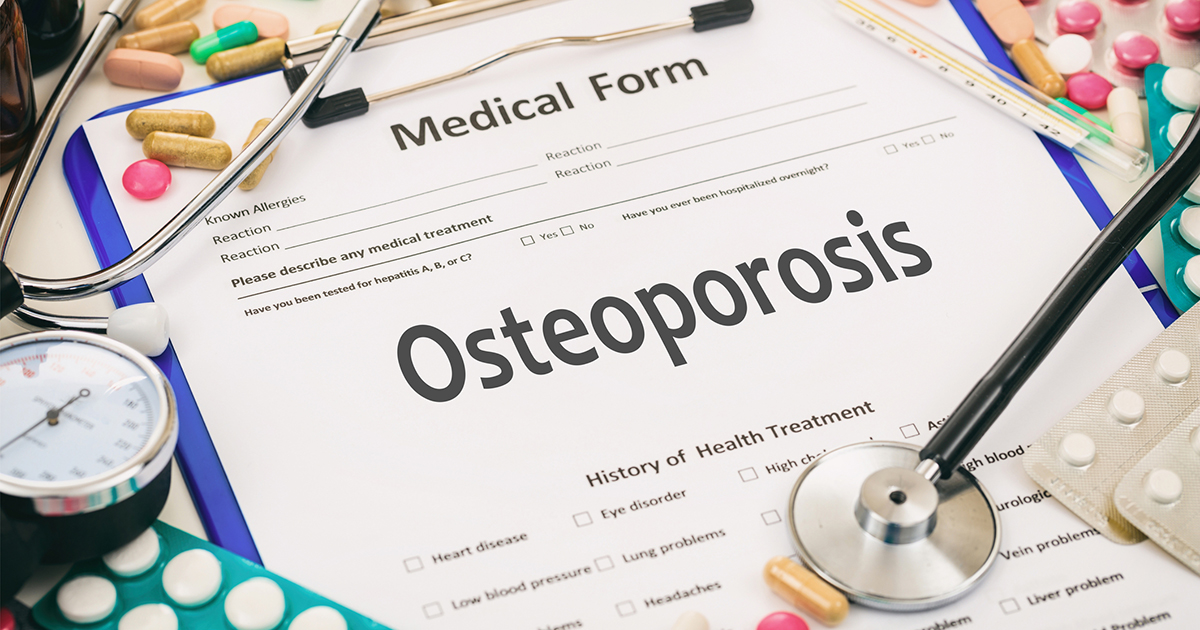Common Causes And Complications Of Kyphosis
Osteoporosis
Osteoporosis is characterized by the reduced density and quality of an individual's bones. This disease causes the bones to become weak and fracture or break easily. Often, patients do not know they have this disease until the first bone breaks. The body of a younger individual breaks down old bone and fills the space with new healthy bone tissue. When an individual reaches thirty years old or so, their overall bone mass will stop growing. By the time an individual reaches forty or fifty years old, their body is breaking down more bone than it is replacing. Osteoporosis has an adverse effect on the spinal bones or the vertebrae. The vertebral bones become weak and more susceptible to breaks and fractures. The most common type of vertebral fracture that occurs in osteoporosis patients is a wedge-shaped break. This type of break happens when the front of the vertebrae collapses while the back of the bone maintains its height. This height difference results in that part of the spine tipping forward, causing a kyphotic curve. Usually, a repair of the fracture and treatment for the thinning bones will prevent this type of kyphosis from reoccurring.
Continue reading to reveal more causes and complications of kyphosis now.
Problems With Breathing

Severe kyphosis can cause an individual to experience problems with breathing. These problems occur as a result of many changes kyphosis causes in the body. The amount of space in the chest becomes smaller in volume because of the excessive curvature of the spine. The curvature also causes the spine to become unstable, which reduces the range of general mobility and regular movement of the rib cage. The abnormal spinal curve causes the body to use some muscles in the trunk of the body excessively while leaving other muscles to weaken from infrequent use. Several of the muscles that become weakened in individuals with severe kyphosis are critical for adequate pulmonary function. The weakness of such muscles makes it difficult for the individual to breathe. As a result of breathing problems, the lungs will have problems providing enough oxygen to meet the needs of the blood flowing through them. This inadequacy can prompt the lungs to breathe at a faster rate in order to compensate. In addition, the reduced volume of the thoracic cavity will inhibit the full expansion of the lungs when an individual inhales air. When the lungs do not expand fully with each breath, the patient may experience lightheadedness, coughing, and shortness of breath.
Get more details on kyphosis causes and complications now.
